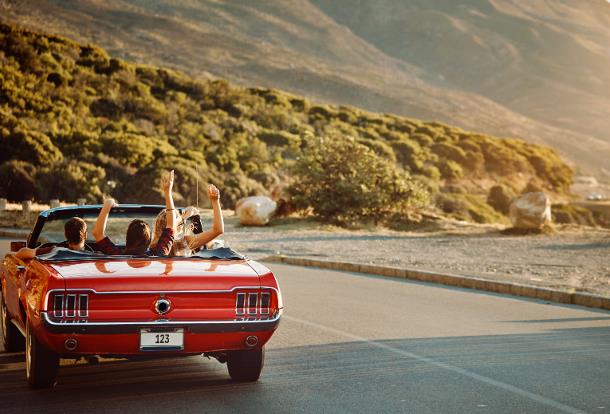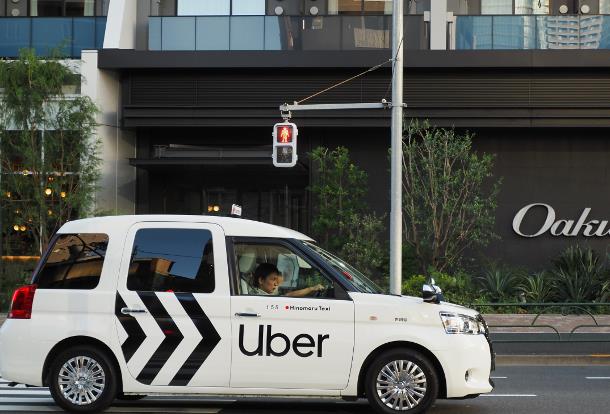Didi Chuxing has raised more than USD 7 billion in cash and debt from investors and lenders, according to a report today by the Wall Street Journal.
The raise includes investors like the nation’s largest life insurer China Life (pitching in USD 600 million) and Apple (pitching in USD 1 billion).
That adds to USD 4.4 billion previously raised, for more than USD 10 billion in funding. Neither company is believed to be profitable, and both have high cash burn rates, according to The Information.

Last week Uber announced that it had raised USD 3.5 billion from a Saudi Arabian fund, bringing its total in equity raised to date to USD 13.3 billion, according to Datafox.
Neither company has released precise figures on their war chests, but, suffice it to say, neither will likely need to go public to raise capital anytime soon. That also means a lack of public transparency about growth rates and practices.
The investments place a valuation on Didi Chuxing of more than USD 25 billion, according to the Wall Street Journal, while Uber’s fundraising has valued the company at more than USD 62 billion.
Other rivals include Israel’s Gett and US-based Lyft. As Tnooz has previously reported, “Didi co-founded the global Rides Everywhere alliance with Lyft, which gives the China-based brand a presence on the world stage and investors are increasingly referencing the brand’s potential outside China.”
China is the world’s largest cab-booking market by number of trips. But is it really big enough to support companies as large as Uber and Didi Chuxing? Or is a merger possible, if Uber remains in a distant second-place in that market?
And what about China’s rental car giants? The Information reports that they may get pulled into the fight.
“China Auto Rental, the No. 1 rental company, is already in the ride-hailing business through a partnership with UCAR, also known as Shenzhou, which offers luxury-car rides on demand. eHi, the No. 2 player, has become an important supplier of cars for Didi and Uber drivers, who rent from the company.”
Read original article




